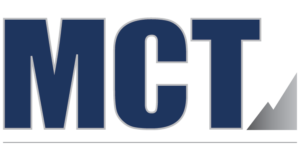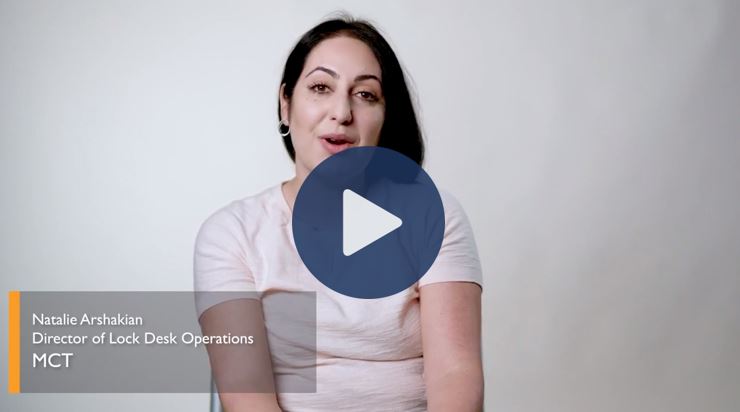In this article, we discuss the similarities and differences between the market selloffs in 2013 and 2022. In 2022, the market has had the benefit of a much more orderly move and a healthier marketplace. Let’s dive in to Taper Tantrum Two: Mortgage Market Selloff Deja Vu?

Is 2022 another taper tantrum like we saw in 2013?
The Federal Reserve says it is fully committed to keeping prices stable and has made the case for substantial and continued raises in rates until inflation returns toward its desired level of 2%. In the April FOMC meeting, the Fed increased its benchmark Fed funds rate by a half percentage point, the biggest hike since 2000.
The Fed has made a point of telegraphing rate hikes in advance of the moves, and the several hikes in 2022 prompted fears of an economic slowdown, which is sometimes an unintended consequence of raising rates. It has also brought back similar concerns to those hedging mortgage loans of the taper tantrum of 2013.
In 2013, there was an April/May Fed meeting where then-Fed Chair Bernanke didn’t telegraph well to the industry that the Fed was planning on tapering its balance sheet down from $3 trillion after QE2. The market had, well, a tantrum. There was a sizable drop in MBS pricing and sizable rise in mortgage rates. Communication was also a problem also at the subsequent June 20th Fed meeting, and over the following few days the market lost a further 400 bps. Mortgage rates rose about 1% in a week. The overall market magnitude in drop was a little over nine points.
We have seen that nine-point change (and then some) in MBS markets in 2022. The weighted average locked note rate has gone from 3.25 at start of year to near 5.5 percent currently. For those hedging, there are a lot of similarities, as well as differences between 2013 and this time around in the market cycle.
Fortunately, the volatility we have seen in 2022 is nowhere near what we saw in 2013 or even 2020 at the start of the pandemic. The 900 bps move that took about five or six weeks in 2013 took closer to three months in 2022. 2022 has also been a much more orderly decline, with less volatility over an eight to 11-point market move.
2022 and 2013 Market Sell Off Differences?
 Two big differences between 2022 and 2013 are the health of the aggregator market and how pricing has stuck to the market. Liquidity in the aggregator space is very good right now versus 2013 when it was only a couple banks and a couple independent mortgage banks that were active in the correspondent space. Back in 2013, selling to a couple buyers and one depository provided limited competition in the market.
Two big differences between 2022 and 2013 are the health of the aggregator market and how pricing has stuck to the market. Liquidity in the aggregator space is very good right now versus 2013 when it was only a couple banks and a couple independent mortgage banks that were active in the correspondent space. Back in 2013, selling to a couple buyers and one depository provided limited competition in the market.
2022 has a healthier market which keeps pricing more in line from an aggregator standpoint. This taper, we have even seen interest from new buyers coming into the market, which continues to help maintain a healthy, competitive market where pricing tracks well. We do have 2013 to thank for that, as 2013 was the genesis of servicing assets coming in vogue as rates rose which meant more aggregators came into the space and the start of the competitive market as we know it today with so many buyers, options, and outlets.
Currently, liquidity is still there from bulk investors on lower note rates, all the way down to an 88 handle or so. There is also still more liquidity on coupons trading 94 than those trading at 104, which is unprecedented.
On the investor side, pricing has tracked underlying securities (TBAs) used as the hedge vehicle. There has been extremely stable price performance from agency cash window, which has moved in tandem with underlying securities. The difference between security and agency pricing (note rate spread) has been stable throughout the selloff in 2022. This bodes well for those with ability to sell directly to agencies. Aggregators have done a good job staying in line with price movement, and have even managed to gain market share over the agencies during this period.
Concerns in this current market center around roll costs and higher coupon liquidity issues. Even though there is a flat yield curve, there is a wide differential between where the Fed funds rate sits and where liquid market coupons between 4.5 and 5 are paying, creating a large time value of money and higher roll cost. Rolls have widened out on more traded coupons, to around 16 ticks for one month. This materializes in one’s hedge as a larger burn time and a need for additional charges on extensions and longer-term locks. Extensions should be priced appropriately and match hedge expiration to reduce costs. Matching your hedge to how long it takes you to close loans is one way to get cash flow earlier in this market.
The other concern for originators is the compression on higher premium coupons, especially for heavy LLPA product. There is a big bid-ask spread on higher coupons due to illiquidity because production hasn’t started to flow through. Originators are having to charge substantial points to originate a loan based on the coupon curve.
It is a big concern that when originating new production, there is so much par compression it is hard to originate that product.
On the other side, investors have the challenge of being flexible to provide pricing for lower note rates, making sure origination flowing through hedged pipelines can still be sold, and not pricing out on higher end note rates for new incoming production. Sellers getting stuck with note rates that are falling off investor pricing should cease as soon as we have more production on higher note rates.
Where is the market going next?
No matter how strong your conviction is on where the market is going, you never know. The market was at the same market coupon in the 3s in both 2013 and early 2022 and transitioned up over 150 bps in both cases.
Fortunately, the market selloff of 2022 has been far more orderly than that of 2013.
Key differences are aggregator and agency strength, as well as lower coupon liquidity. It is a much healthier market now, though certainly not a comfortable one. Investors are still buying lower coupons, even as more liquidity and more production comes in at higher coupons. More liquidity in higher coupons will help with getting some of the premium flowing toward front end pricing.
When it comes to liquidity issues with higher note rates, MCT Marketplace is the first truly open loan exchange, giving you transparency into all execution options, even if you aren’t an approved buyer or seller. Make sure your existing investor pricing is strong and competitive. Don’t miss out on potential opportunities. Find good fits for the profile of loans being originated. Stay ahead of current production and also funded production in your pipeline.
Manage Your Margins with MCT

It’s in the lenders’ best interest to be focused on common sense tactics to manage their own margins.
To prepare for market scenarios that require robust margin management, contact MCT today. We would love to help in any way we can by having a one-on-one conversation about your business needs.
Interested to learn more about market volatility best practices? Explore our market volatility guidance for lenders or find related articles below.
Related articles:



